Vietnam War Aircraft Carriers - As the bombs began to glow cherry red from the heat, the damage-control team's Chief Petty Officer Gerald Farrier attempted to cool them off with a Purple-K dry-chemical fire extinguisher. A mere minute and a half after the rocket detonation, Farrier realized that the casings on one of the bombs had split open and the munition was about to go off.
You can see the video records of these horrifying events in the Navy training film "Trial by Fire," starting with the Zuni rocket unleashed at 3:17. At the five-minute mark, the bomb detonates. When damage-control crews rush back into resume combatting the fire, they are met by two secondary explosions just 30 seconds later. Flames rush forth, sweeping them from the deck.
Vietnam War Aircraft Carriers

USS Oriskany also did a cruise in 1970. I joined the crew in Jan. 1970 and I think it was April when we arrived on Yankee Station. I’m not sure when the cruise was over because when my dad died in Oct. I flew home and was discharged.
What Is A Blue Water Vietnam Veteran?
The Navy was flying hundreds of missions every day over Vietnam, with its A-4 Skyhawk attack jets typically carrying a 1,000-pound bomb under each wing. In just four days of combat operations, the Forrestal's air wing flew 150 missions, many targeting the Thanh Hoa railroad bridge in North Vietnam.
This is an overview of US aircraft carriers serving in the Vietnam war. Carriers were assigned to the western Pacific, and during each cruise spent several periods on “Yankee station” in the gulf of Tonkin. Short periods of rest were in Japan, Hong Kong, or the Philippines. While all carriers are listed as “CV”, they actually were designated CVA, CVB, or CVS during their Vietnam tours.
All of these carriers were designated as CVA (the Enterprise was CVAN) during the Vietnam War and at various other times during their service. The “A” stood for attack. So as not to piss off the bleeding hearts any more than necessary, once they returned to a peacetime mission, the “A” was dropped. I served aboard the USS Coral Sea CVA-43 during her next to last Vietnam cruise
Aircraft A-1 Skyraider – ground attack aircraft A-3 Skywarrior – carrier-based bomber A-4 Skyhawk – carrier-based strike aircraft A-6 Intruder – carrier-based all weather strike aircraft A-7 Corsair II – carrier-based strike aircraft A-26 Invader – light bomber A-37 Dragonfly – ground attack aircraft AC-47 Spooky – gunship AC-119G “Shadow” – gunship

Why Did They Push Helicopters?
I was on the Coral Sea during her Vietnam deployment from 12 Nov 1971 thru 17 July 1972. During that time, there were uprising on the ship.. The Black Officers would gather the Blacks on the mess decks at night and Stir The Pot. That would cause the trouble. I was am EM-1 at that time.
The C-130 has a huge payload—up to 45,000 pounds in some configurations—and the AC-130 took advantage of this to deliver a punishing amount of firepower to ground targets. Armament ranged from the standard machine guns and mini guns, to the M61 20mm Vulcan cannon, to full-sized artillery pieces mounted in the belly of the aircraft for use on the hapless targets below. These arms generally also allowed for a wide array of communications, radar, and command and control systems. By ensuring clear communications and the interception of enemy signals, these systems could help to turn the tide of battle.
Designed to operate with a crew of two, the SR-71 is powered by twin Pratt & Whitney J58-1 continuous-bleed afterburning turbojet engines. Though numbers remain classified, the SR-71 has a speed of at least Mach 3.3. The range is an estimated 2,900 nautical miles, with a service ceiling of well over 85,000 feet.
In conjunction with the engineers at Sikorsky, the CH-53 was designed to meet that need. Powered by twin General Electric T64-GE-413 turboshaft engines, the CH-53 has a top speed of 196 miles per hour and a combat radius of over a hundred miles, depending on the payload and configuration. Twin door-mounted .50 caliber machine guns provided the armament in order to clear the field for the payload of up to 55 troops. Used most often in Vietnam to recover downed aircraft or evacuate troops from the battlefield, this war bird is an icon of the USMC’s part in that war.
How Far Was Yankee Station From Vietnam?
I served aboard Yorktown CVS 10 from 1960 go the end of 1962. She in fact did have the angle deck conversion during that time. I think it was done in the middle of the 1950’s.
While China’s involvement in the Vietnam War is a complex mess of politics and culture, complicated further by the relationship between Hoa Chi-Minh and Mao Tse-Tung, some Chinese military aid did make it to North Vietnam to play a role in that conflict. The Shenyang J-6 was part of that. Based on the MiG-19, which the Chinese admired for its agility and turn ability, the Shenyang J-6 went into production in 1958.
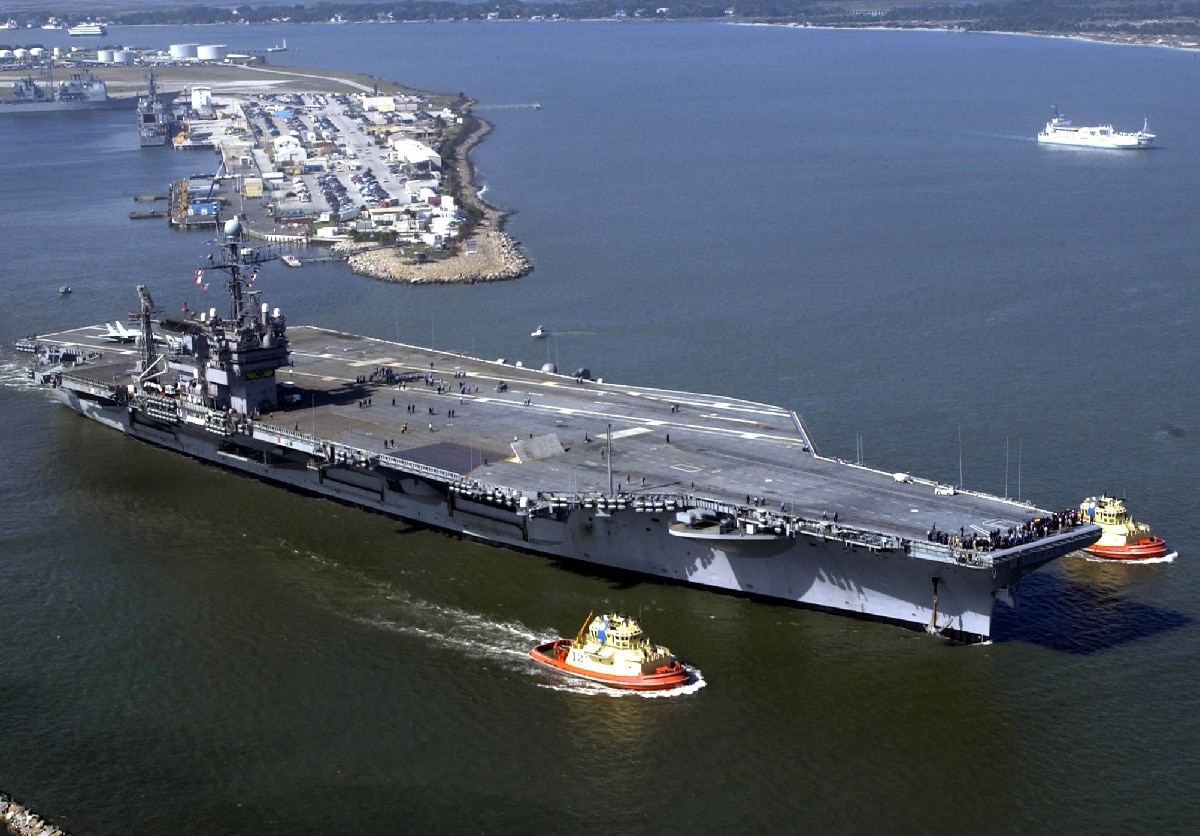
Nicknamed the “Balalaika” by its pilots for its odd resemblance to the musical instrument, the MiG-21 straddles the line between second and third generation jet fighters. So while specs and armament vary, in general the MiG-21s of the Vietnam War were powered by a single Tumansky R25-300 afterburner-capable engine. These delivered a top speed of Mach 2.0 and a service range of 751 miles. Armed with a 23mm GSH-23 cannon, the MiG-21 could carry either missiles or rocket pods, depending on the configuration and the desired payload range. These aircraft performed so well that the Vietnam People’s Air Force did not fully retire them until 2015—a testament to the design and its operators.
The Blue Water Navy (BWN) Vietnam Veterans Act of 2019 (PL 116-23) extended the presumption of herbicide exposure, such as Agent Orange, to Veterans who served in the offshore waters of the Republic of Vietnam between Jan. 9, 1962 and May 7, 1975.
Forrestal Class
A heavy-lift cargo helicopter, the Sikorsky CH-53 Sea Stallion is another iconic military helicopter. In service with US forces from 1966 to the present, there are upgraded and updated variations still in production. The CH-53 Sea Stallion is a product of the Vietnam War, during which the United States Marine Corp saw a need for a heavy-duty transport and cargo helicopter.
The Chinook has a distinct profile, with a tandem rotor setup that is easy to recognize even for those not particularly familiar with helicopters. And it is this unique design that allows it to perform so well in its key roles: troop movement, artillery/equipment placement, and resupply.
Capable of launching larger, more powerful F-4 Phantom fighters on its 1,000-foot-long flight deck using steam catapults, the Forrestal was deployed to Yankee Station in the Gulf of Tonkin in July 1967 to contribute its Carrier Air Wing 17 to the intense bombing campaign over Vietnam.
I was with VS-35 onboard USS Hornet CVS-12 we were in the Tonkin Gulf in 1968-69! We were in the war zone and got combat pay! I have my DD-214 that showers Vitnam Service, Vitnam Campaign and National Defense!
That was the last time USS Hornet CVS-12 went on Wes-Pac!
:quality(70)/cloudfront-us-east-1.images.arcpublishing.com/archetype/ZKVEKVUSFBDCZLS36P3I4XR5LM.jpg)
Essex Class
Another American aircraft, the McDonnell Douglas F-4 Phantom II is a two-seat, twin-engine, all-weather long-range supersonic jet aircraft. It functions equally as well as either an interceptor or a fighter-bomber. Originally developed for the United States Navy for carrier duty, the F-4 Phantom II saw a lot of action during the Vietnam War.
Unfortunately, the initial blasts had effectively wiped out the two trained damage-control teams; their untrained replacements understandably made mistakes. Some sprayed seawater into the blaze, washing away more effective flame-retardant foam and causing burning jet fuel to spill through holes into the lower decks.
Sailors began frantically jettisoning bombs into the water before they could go off — then, entire warplanes were pitched over before the flames could consume them. One sailor drove a forklift through fire to toss a huge RA-5C Vigilante reconnaissance jet into the ocean. The nearby destroyer Rupertus sailed to within six meters of the flaming carrier and sprayed it with fire hoses for three hours, while rescuing personnel that had jumped into the sea.
Cessna is not a name normally associated with military aircraft, but the A-37 Dragonfly filled a role that became increasingly critical over the course of the Vietnam War. The terrain of Vietnam—hills and jungle—meant that close air support was vital to American and ARVN success. Thus military minds on both sides began to explore ways to make that support faster and more accurate. One of the end results was the creation of light ground attack aircraft like the A-37 Dragonfly.
Kitty Hawk Class
The Vietnam War is occasionally referred to as “The Helicopter War” due to the importance of rotary-wing aviation during that conflict. And perhaps no helicopter is more strongly associated with that era than the Bell UH-1 Iroquois. Nicknamed the Huey, this Vietnam War aircraft played a number of roles in the field from its introduction in 1959 and still remains in limited service to this day. Like the AH-1 Cobra, the UH-1 is built around a Lycoming T53-L-11 turboshaft engine. The UH-1 is capable of speeds up to 135 miles per hour and a range of well over 300 miles.
The Antonov An-2 is by far not the fastest aircraft of the war, nor is it the most heavily armed. It holds few if any records during that conflict. However, this is one of the very few biplanes that saw much action during the Vietnam war. The idea may seem insane, given the advanced nature of the other aircraft involved in Vietnam, but the Antonov An-2 offers some distinct advantages when used correctly in its role as a utility aircraft.

The National Personnel Records Center verified that the USS Hancock was in the official waters of the Republic of Vietnam during dates the Veteran served aboard the USS Hancock. Unfortunately, the evidence does not otherwise show that the Veteran was exposed to Agent Orange in Vietnam.
Operating with a crew of three, the CH-47 Chinook can carry up to 55 troops or a total takeoff weight of 50,000 lbs. This is due to its tandem rotor design, as well as its engines. Two Lycoming T55-GA0714A turboshafts provide nearly 5,000 horsepower each. With a maximum speed of up to 196 miles per hour and a combat radius of 230 miles, the CH-47’s transport capabilities were unmatched at the time. Armed with up to three 7.62 mm machine guns, it could also pack quite a punch if it came under fire. Operational from 1966 through the end of the Vietnam war, the CH-47 Chinook is a highly notable aircraft from the era.
Midway Class
Designed by the legendary Clarence “Kelly” Johnson of Lockheed’s perhaps-infamous Skunk Works, the U-2 was capable of some impressive feats. The General Electric F118 turbofan delivered a modest top speed of Mach 0.67, but service ceiling of well over 70,000 feet. This meant that the U-2 was able to fly well above most missile or even radar systems of its day, making it nearly untouchable, such that only a very few were lost to enemy action. While it carried no arms, the U-2’s real weapons were its sensors and cameras. These were some of the most advanced ever produced given the technology at the time. The U-2 has been continually updated and continues to fly in missions to this day.
Yes, US Navy aircraft carriers are lethal, war-fighting machines. But we all know accidents can and do happen: Two deadly collisions involving US Navy destroyers in June and August 2017 may have cost the lives of up to 16 sailors, leading the Navy to declare a day-long operational pause to reflect upon its safety culture.
The Lockheed U-2 was at the forefront of some of the most intense moments of the Cold War, so much so that it remains locked in popular memory. A single-engine jet aircraft designed for ultra-high-altitude reconnaissance missions, the Lockheed U-2’s intelligence gathering capabilities were an essential part of US military and clandestine efforts throughout the Cold War era.
Originally conceived in the 1950s as a jet-powered long-range bomber escort or penetration fighter, the F-101 was designed with speed and endurance in mind. For quite some time this bird held a number of records for fastest jet powered aircraft. Its later development, through the end of the 1950s, took a darker turn. McDonnell began to imagine the F-101 as a nuclear armed fighter bomber delivering tactical nuclear strikes to enemy targets.
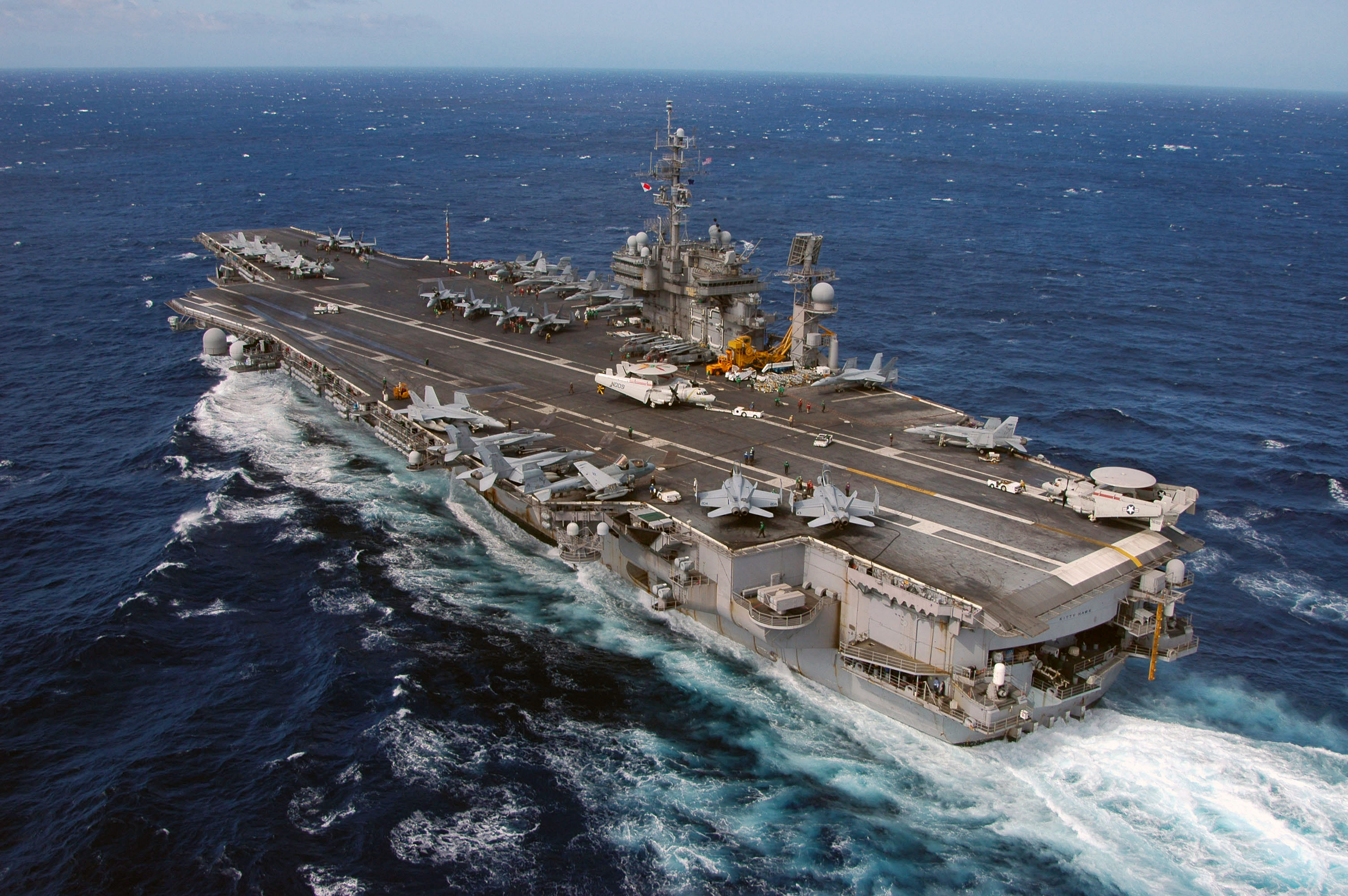
The concept behind the SR-71 was simple, yet exceptionally brave and ambitious: build a long-range strategic reconnaissance aircraft capable of speeds in excess of Mach 3.0, with a reduced radar cross-section to help it evade detection by the enemy. Designed by Clarence “Kelly” Johnson of Lockheed’s Skunk Works Division, the SR-71 if anything exceeded expectations.
The 5-inch rocket slammed into the side of the bomb-laden Skyhawk of Lt. Cmdr. Fred White, commander of attack squadron VA-46, as he was queued up for takeoff. The blast ruptured his plane's 400-gallon external fuel tank and caused two wing-mounted M65 bombs to fall onto the flight deck. JP-5 jet fuel from the tank sprayed across the deck and immediately ignited.
USS Oriskany CVA 34 was my carrier 1967 to 1970. I had 3 cruises on her including 1970 all three to gulf of tonkin and one short trip to north Korea when the USS Pueblo and crew was taken and held hostage. John McCain flew off Oriskany in 1967 and did not return when sho5 down over Hanoi.
Combined with its rugged design and ability to take off and land on relatively short runways, this makes it nearly ideal for bush work and clandestine operations. The latter is where it came into play during the Vietnam War: the CIA’s “Air America” program made extensive use of the Beaver in supplying its assets in country, transporting personnel, occasional reconnaissance, and other espionage work. This part of the war is often overlooked, but it turned out to be vital in many of the successes the US and ARVN forces attained.
us aircraft carriers vietnam war, aircraft carriers vietnam era, us carriers in vietnam, planes of vietnam war, carriers in vietnam, ticonderoga aircraft carrier vietnam war, aircraft carrier fires during vietnam, vietnam era planes

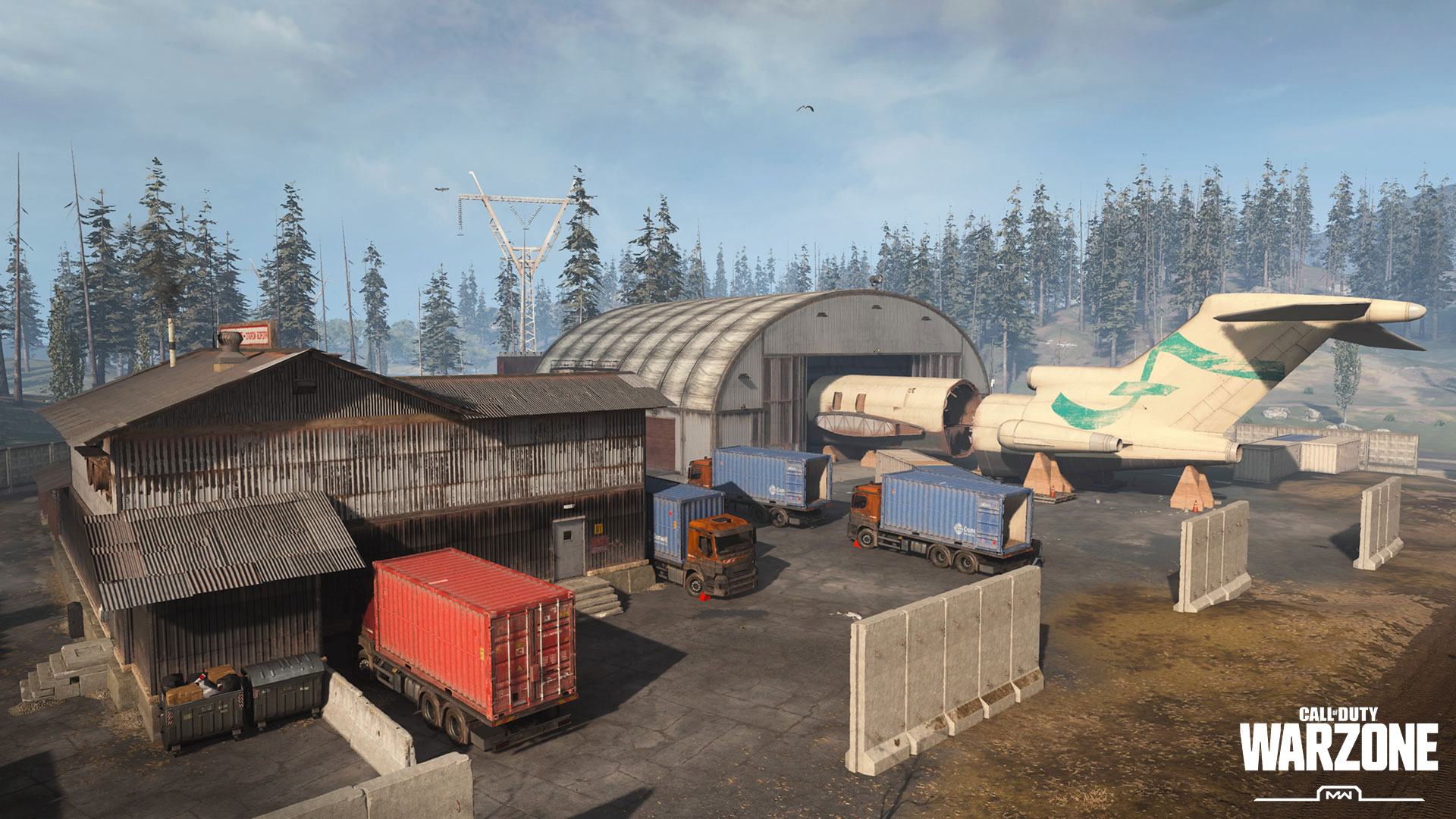

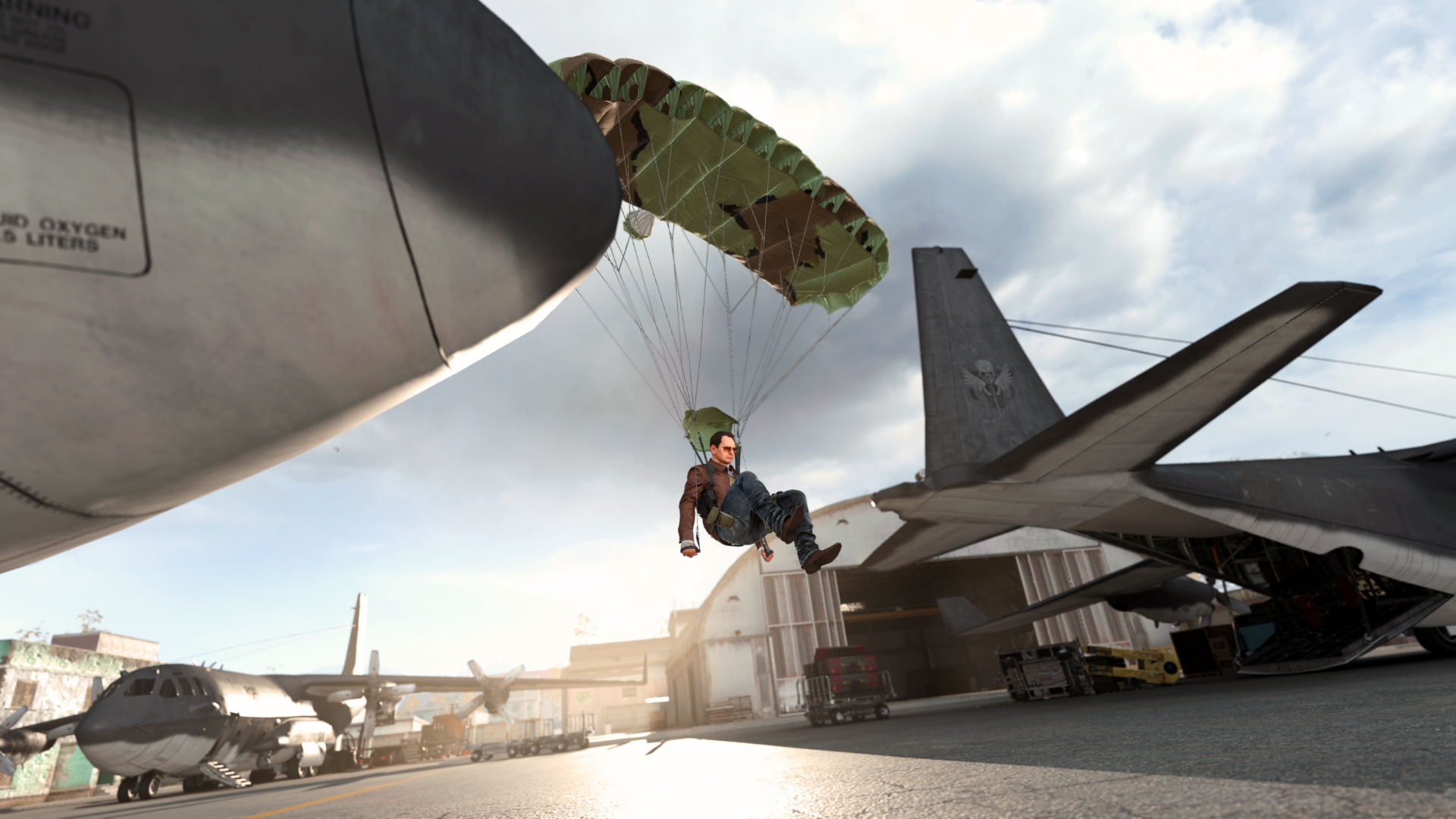


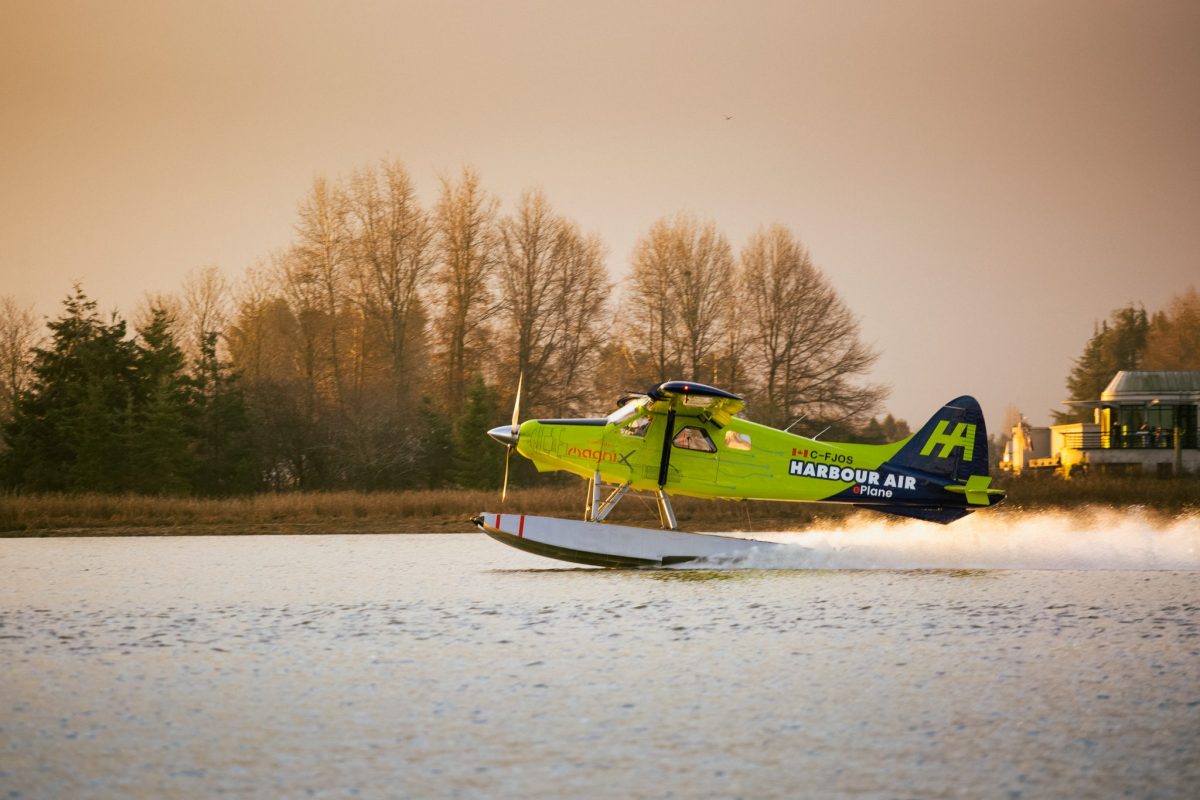
:max_bytes(150000):strip_icc()/plane-data-BUSYROUTES1217-f4f84b08d47f4951b11c148cee2c3dea.jpg)
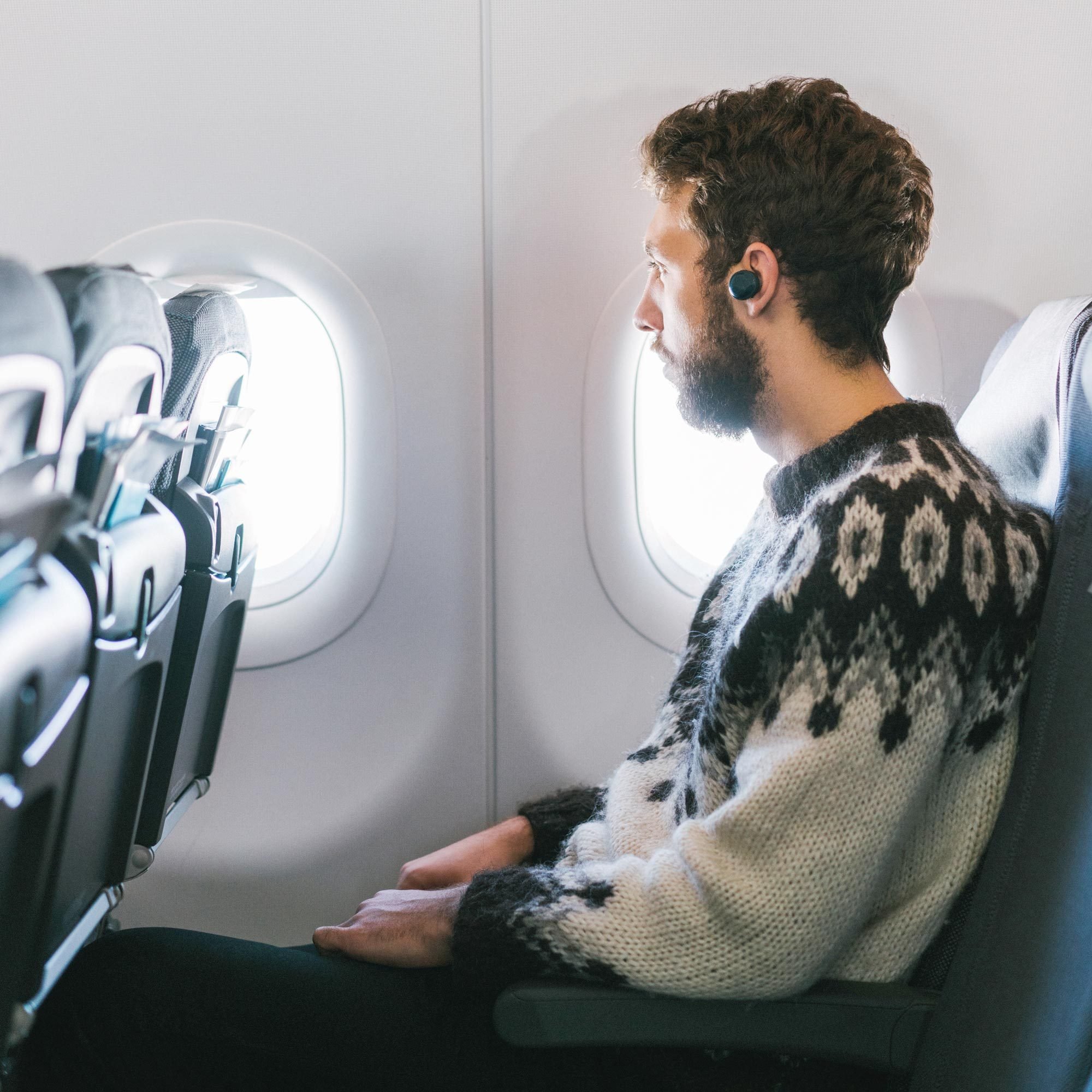

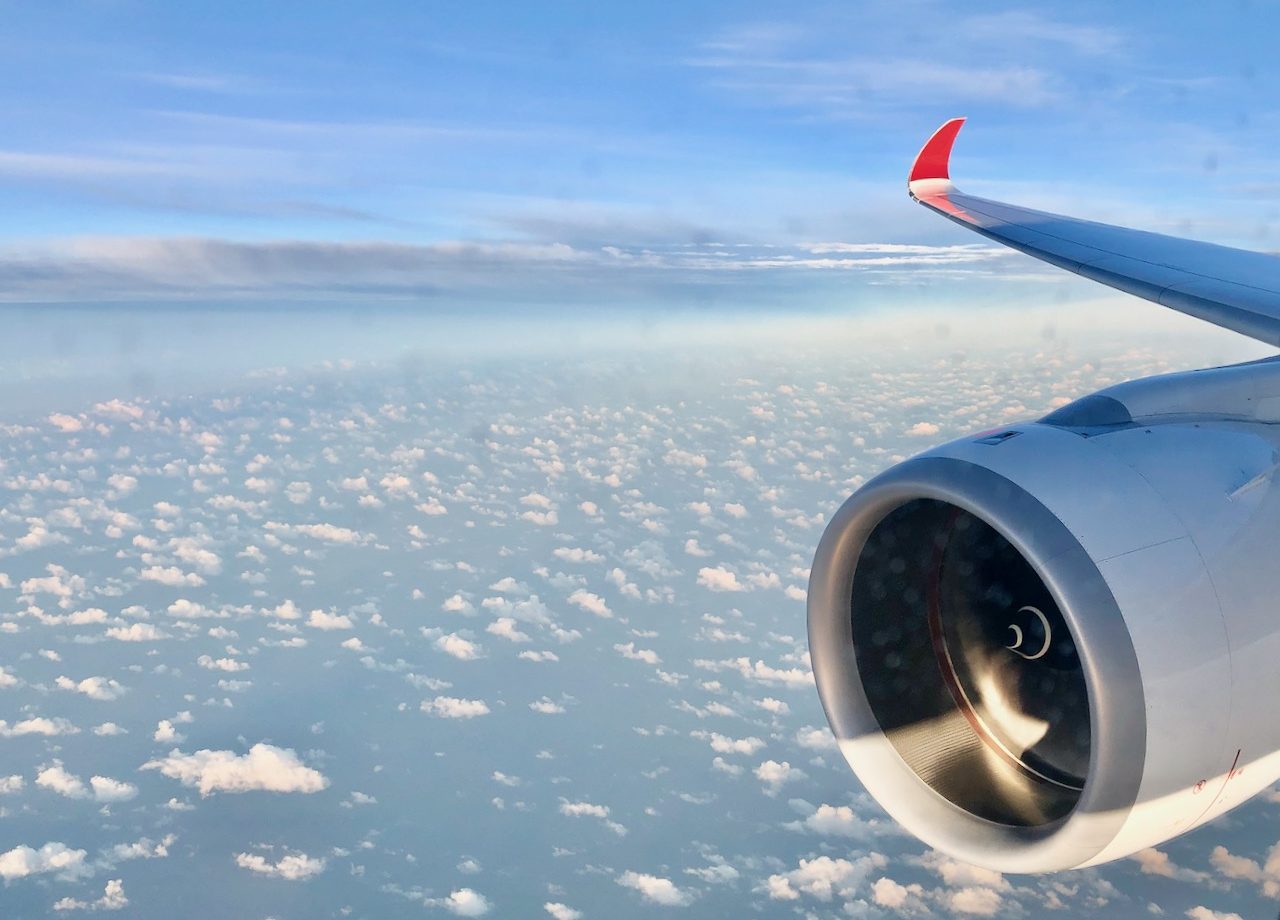
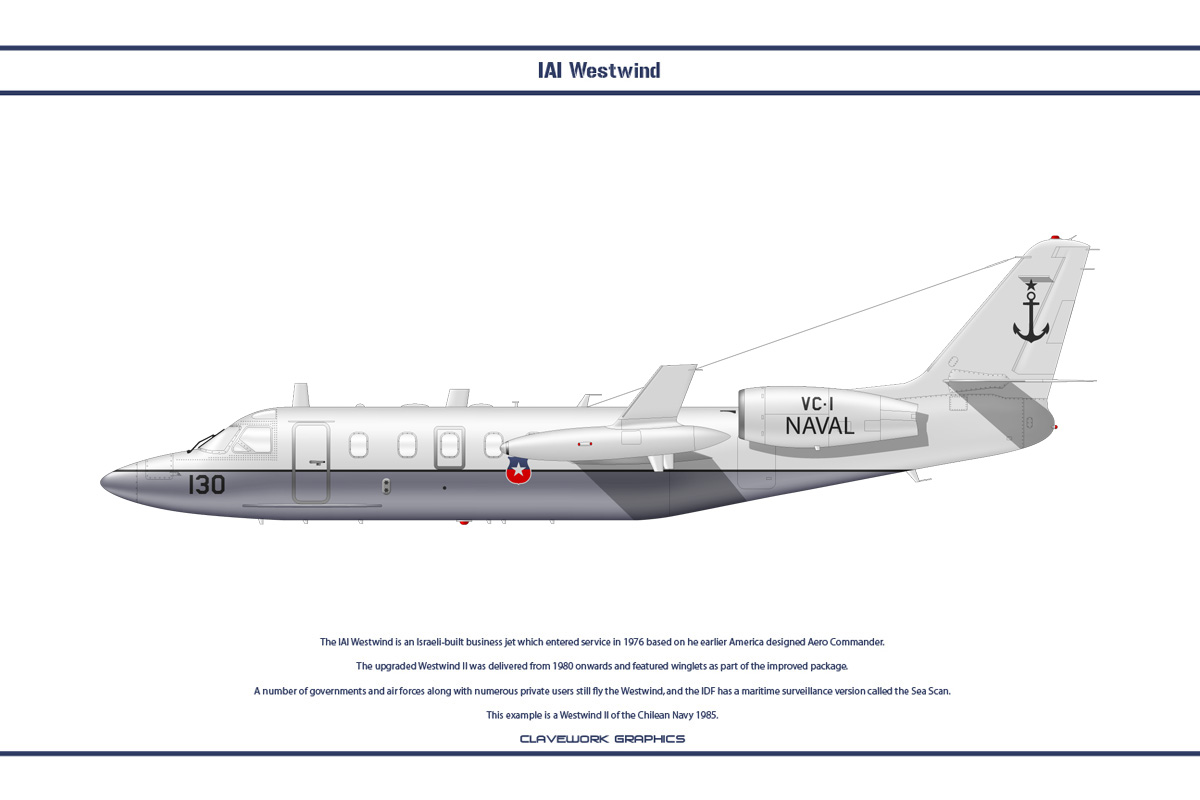

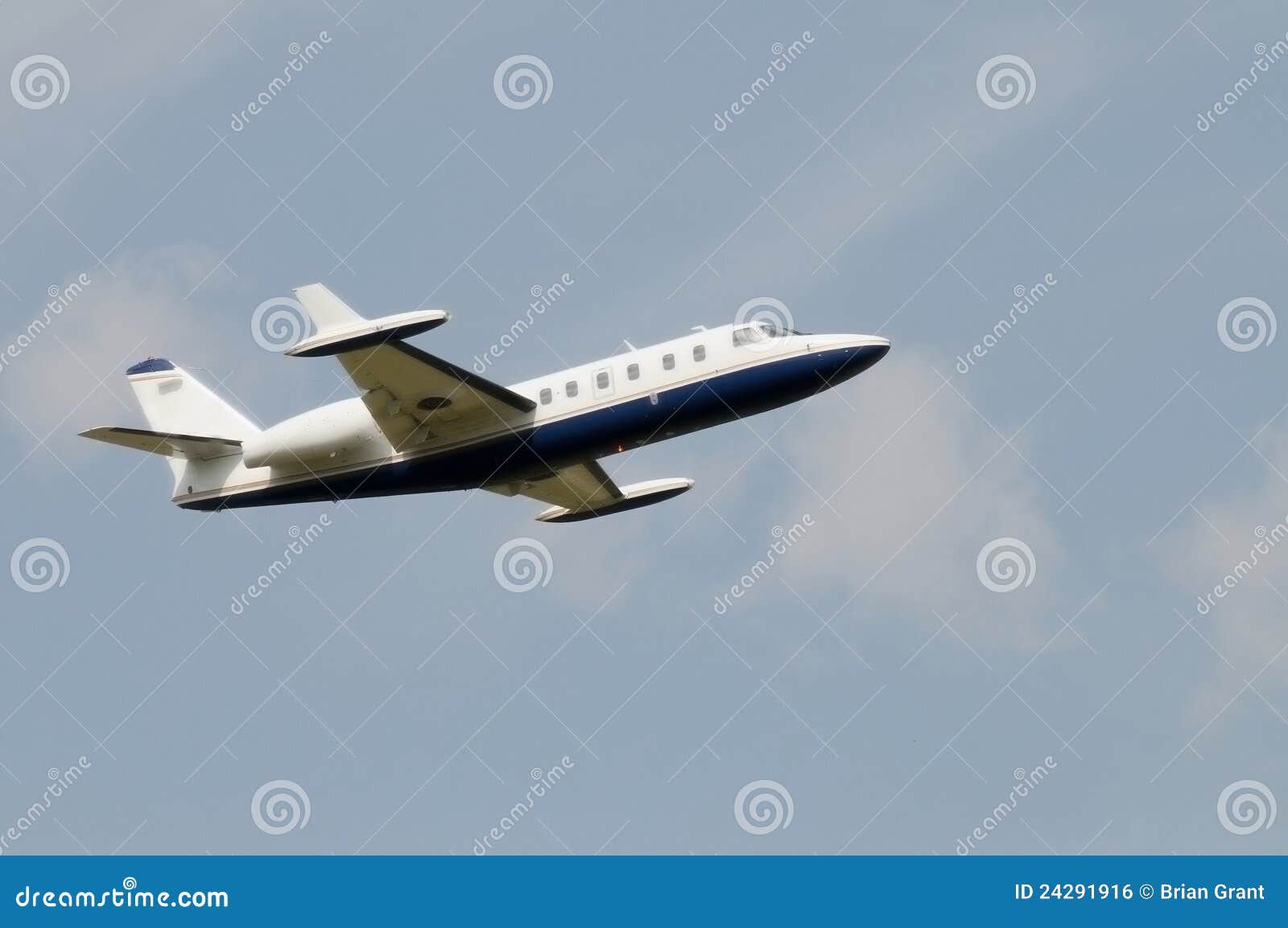









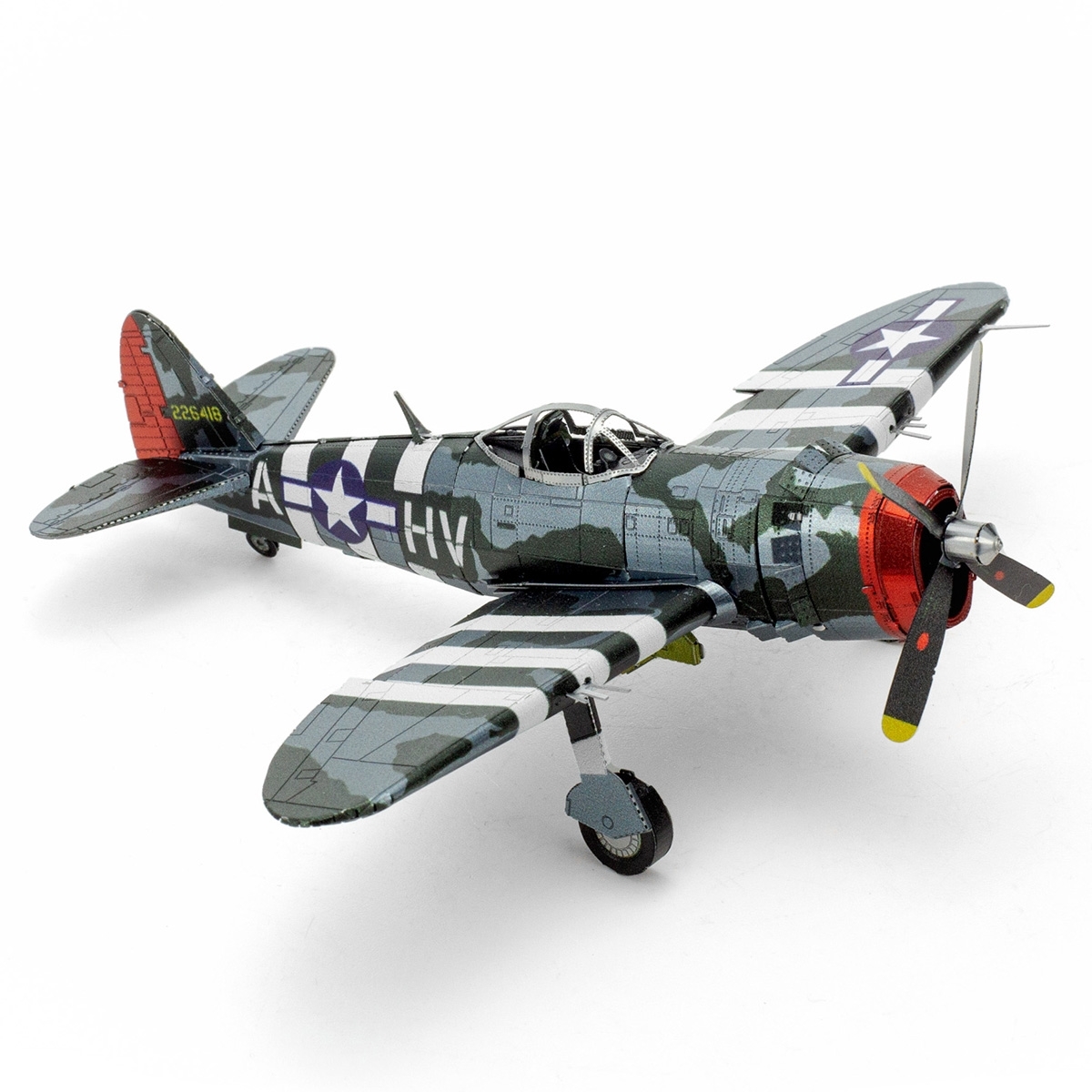


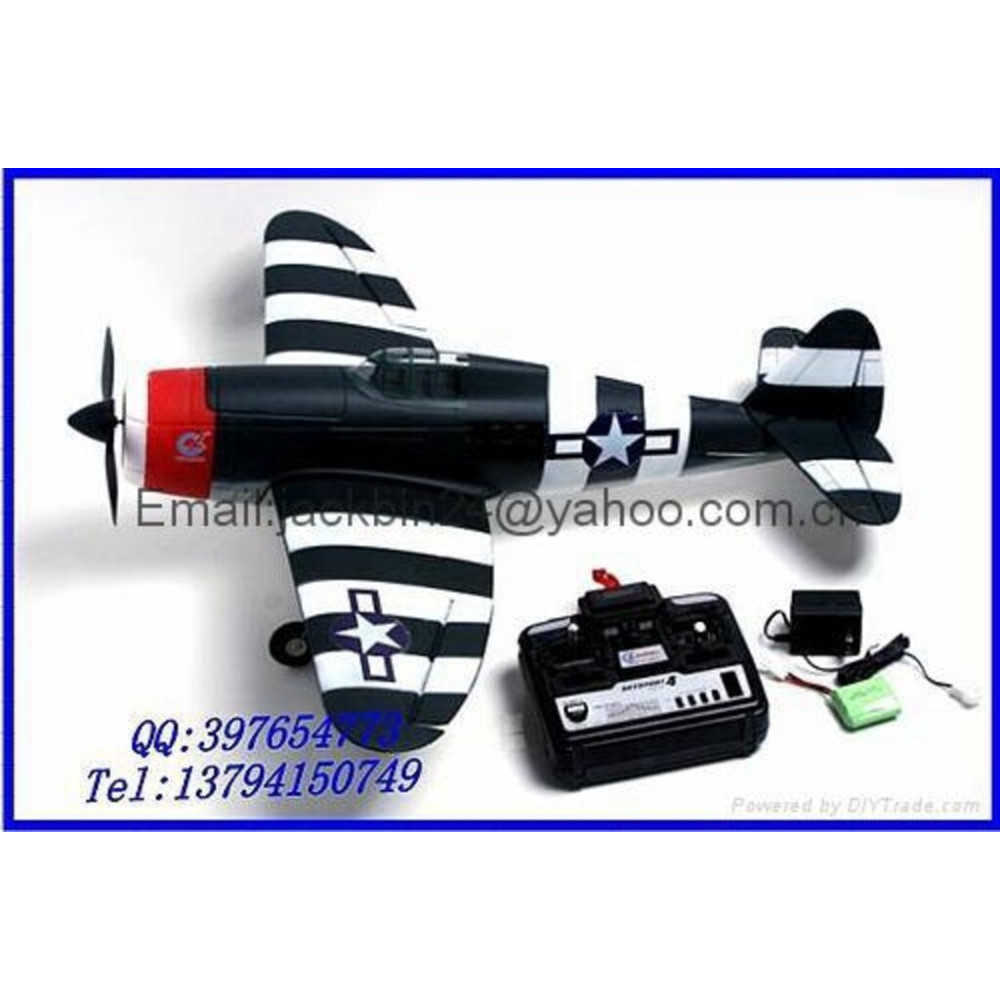


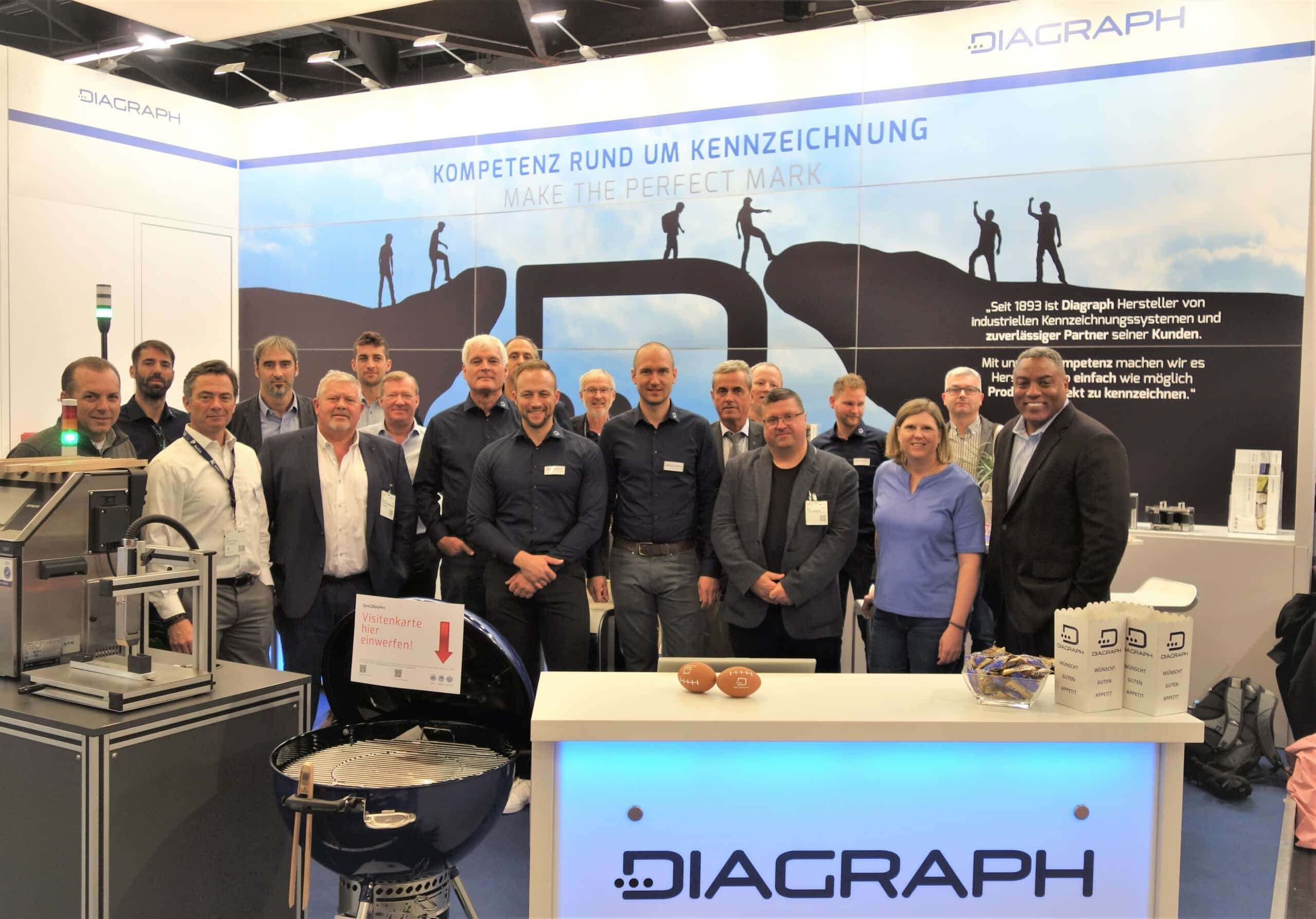
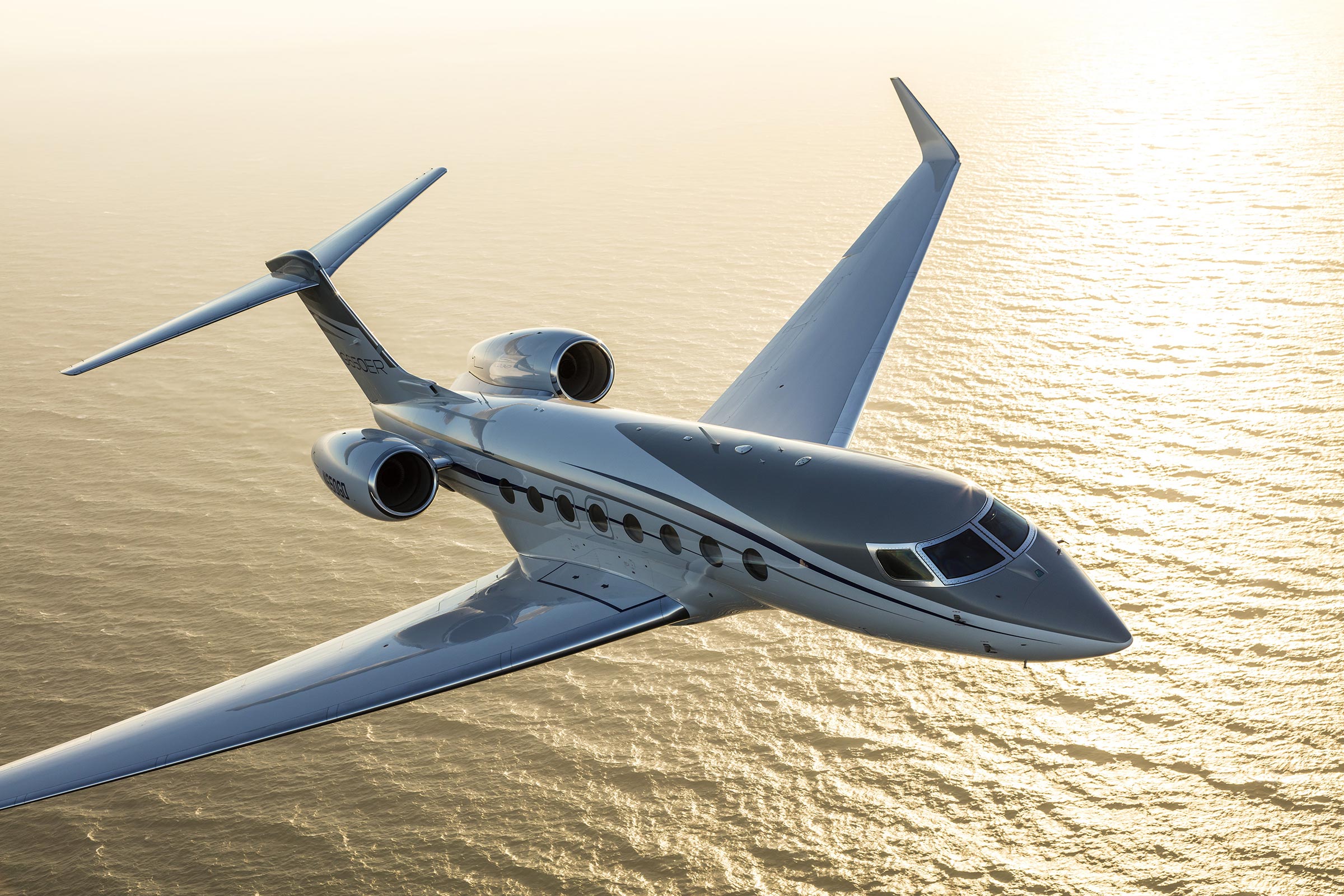



/cloudfront-us-east-2.images.arcpublishing.com/reuters/32CNZGC3GFMDZFXGRDAADDY3WE.jpg)


:quality(70)/cloudfront-us-east-1.images.arcpublishing.com/archetype/ZKVEKVUSFBDCZLS36P3I4XR5LM.jpg)

